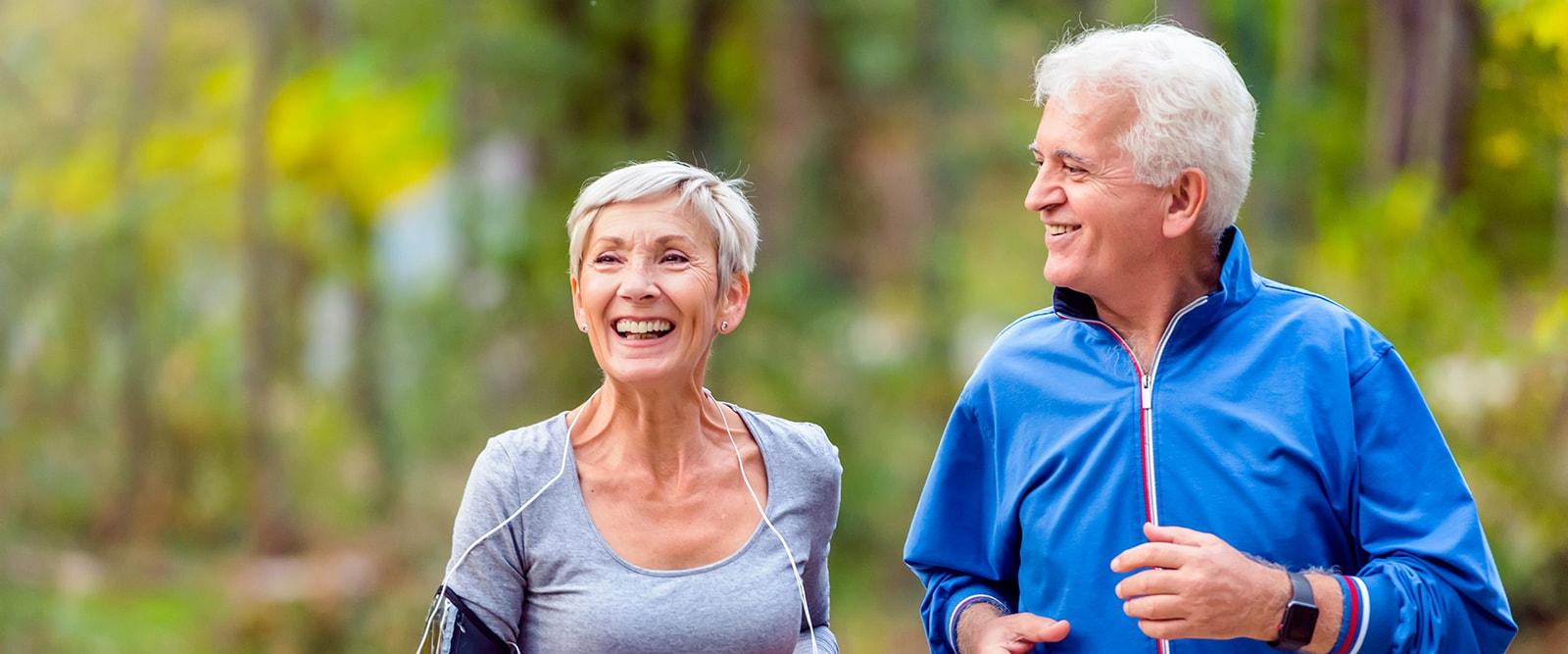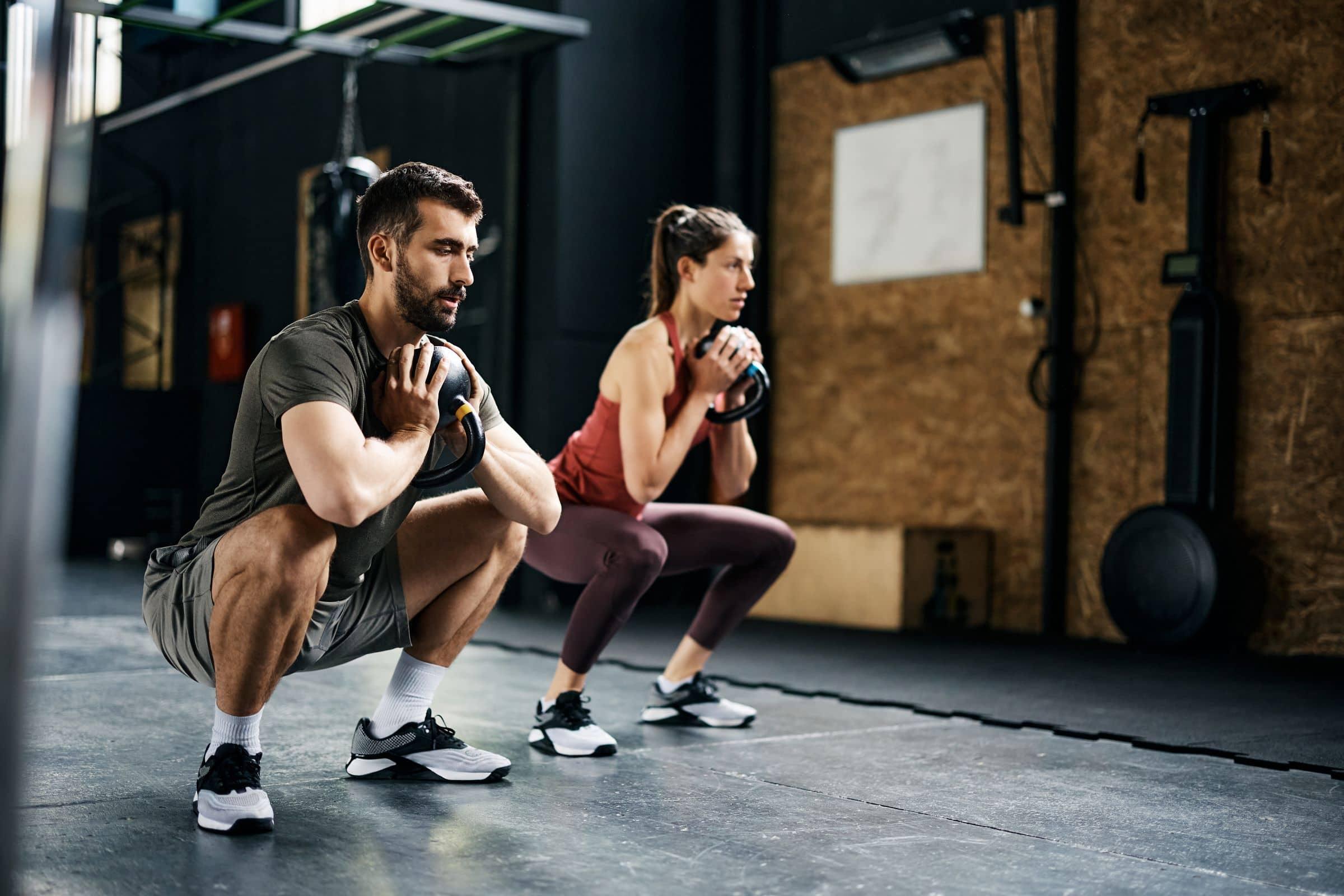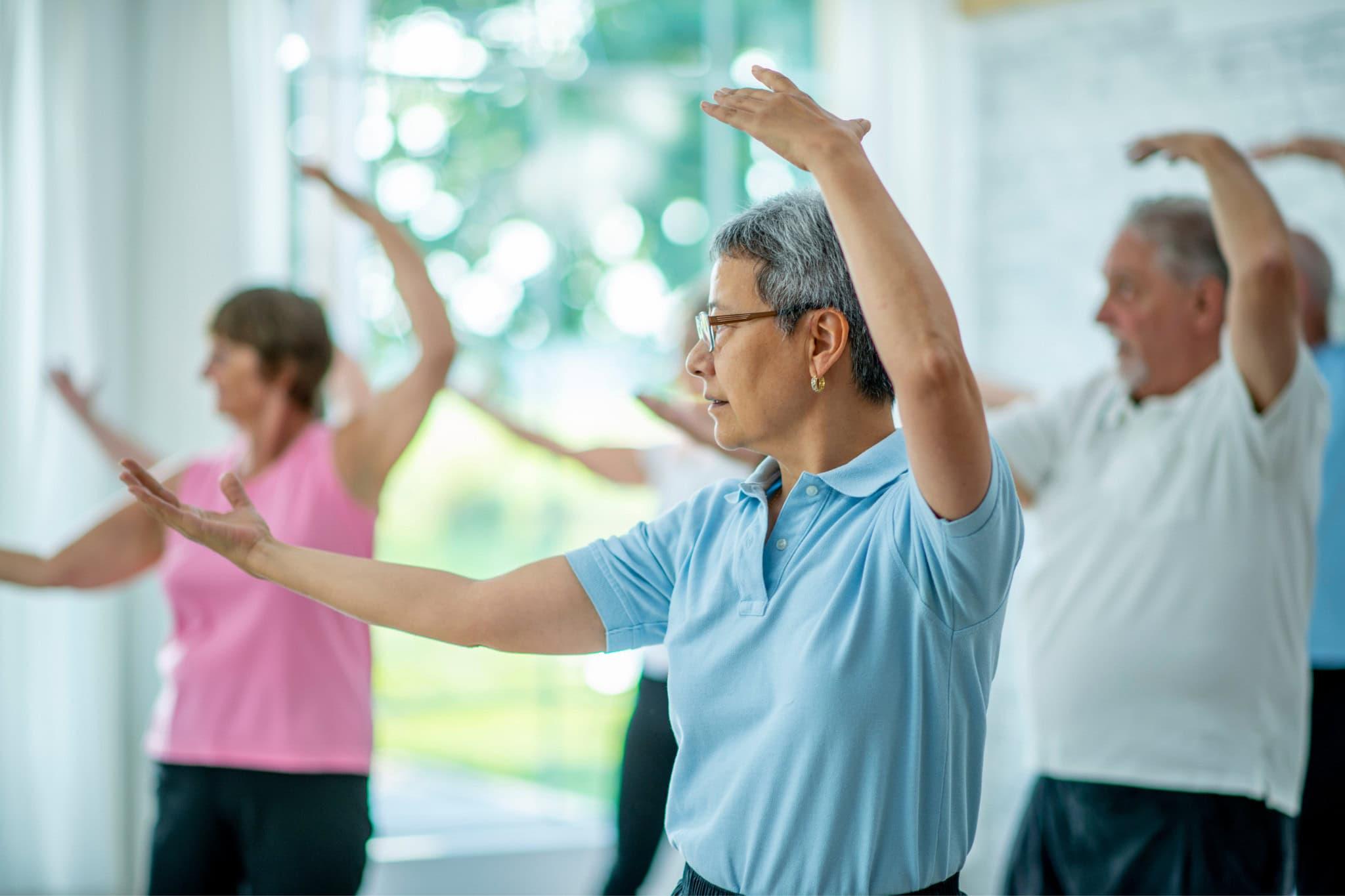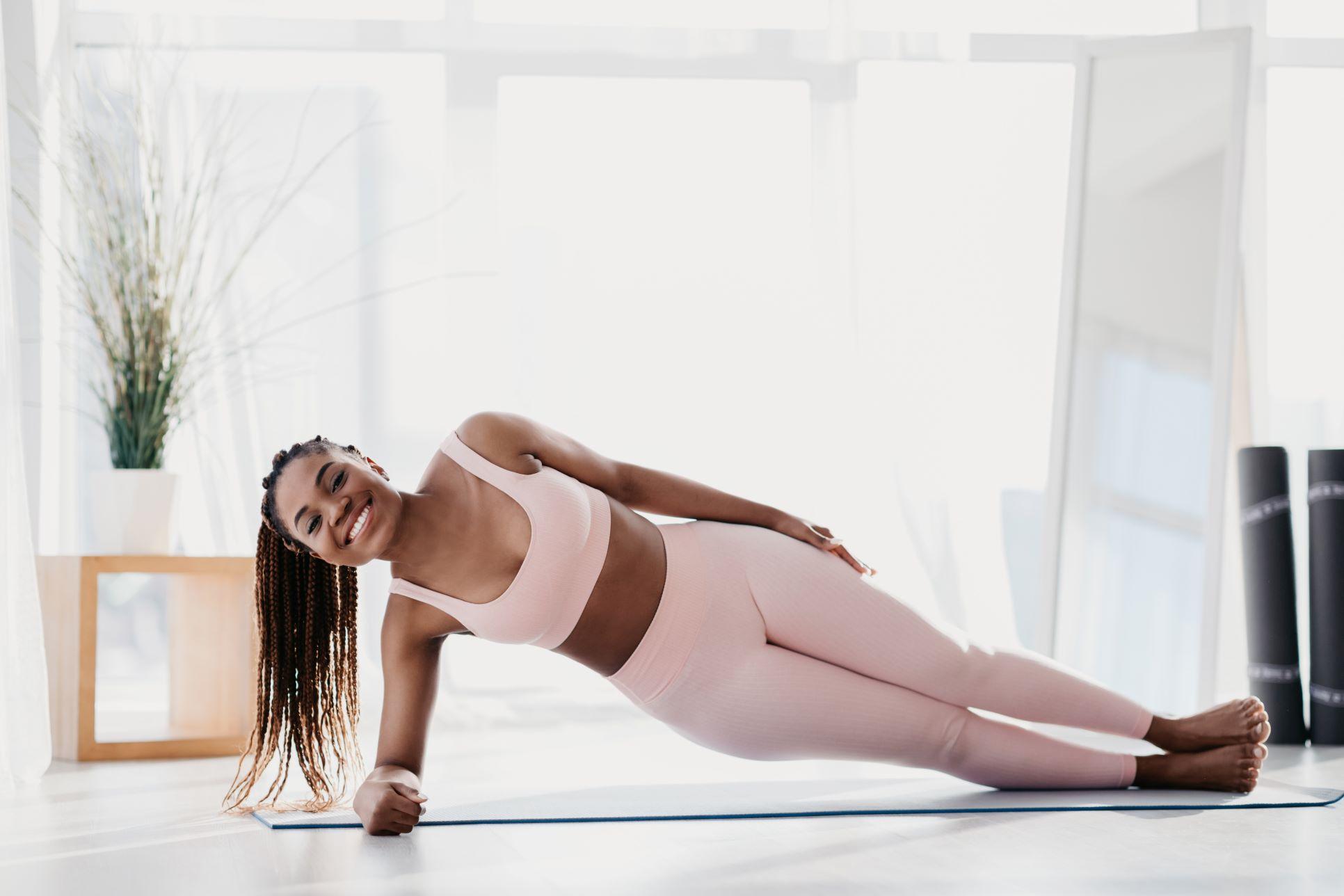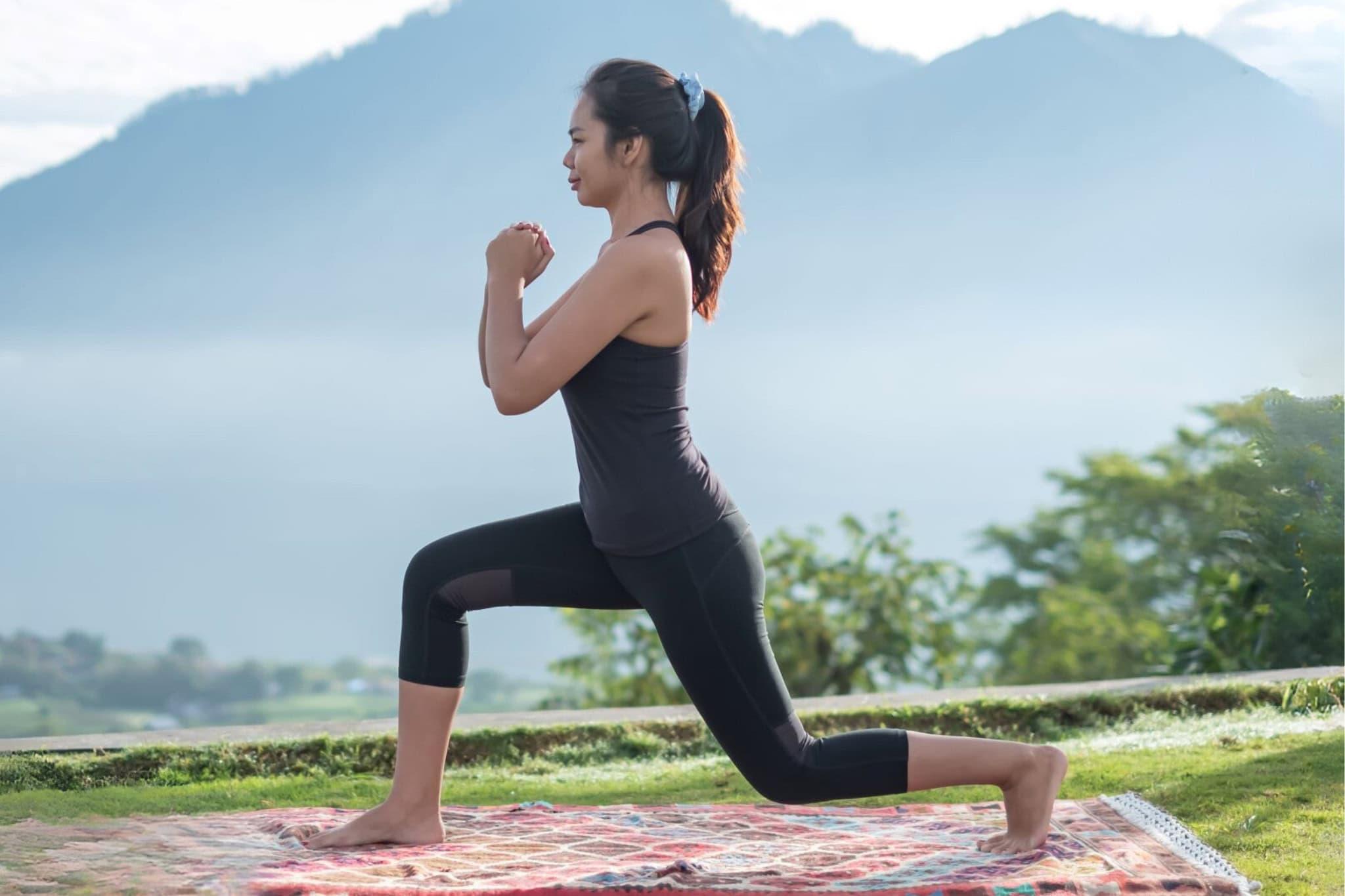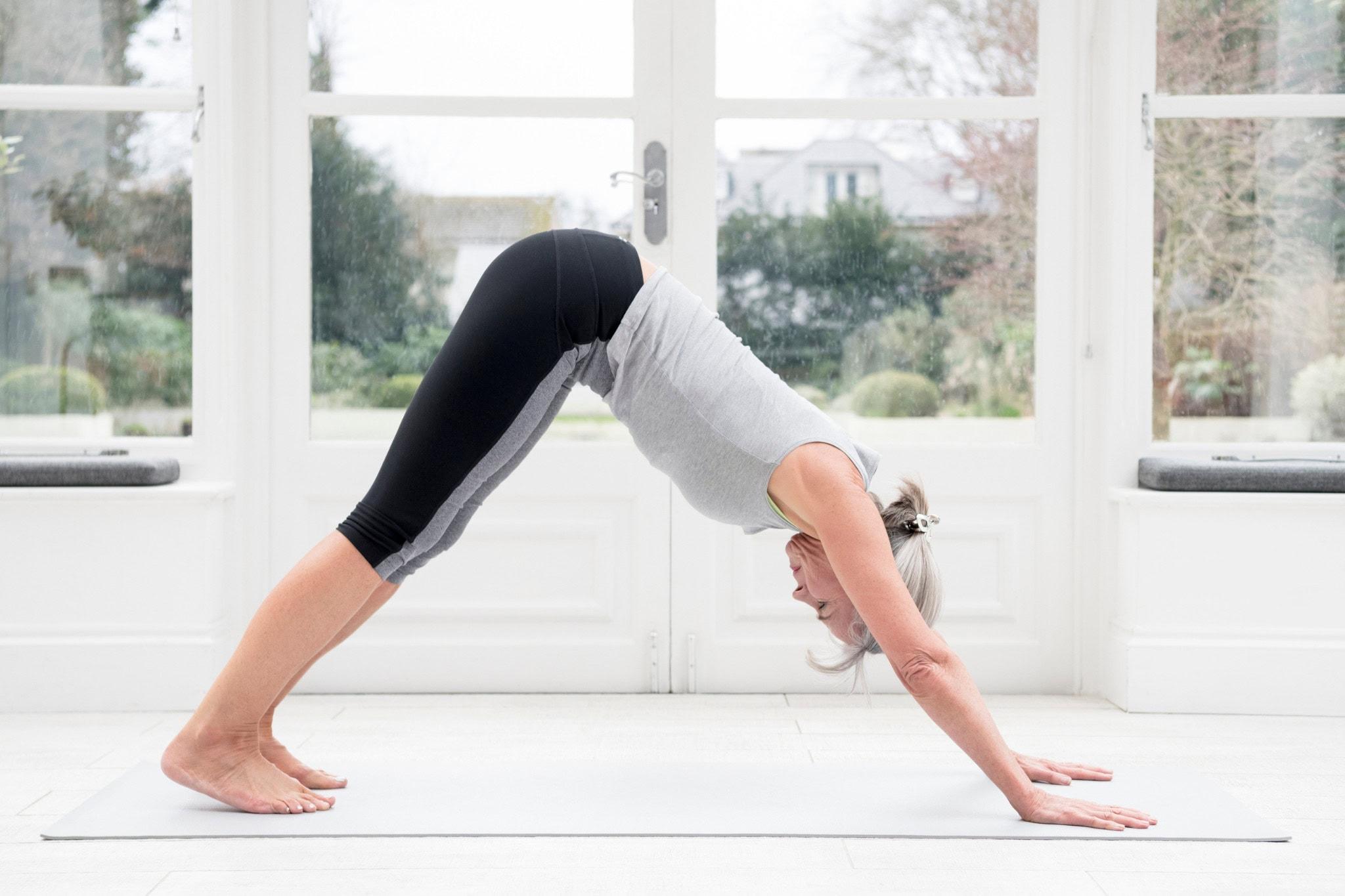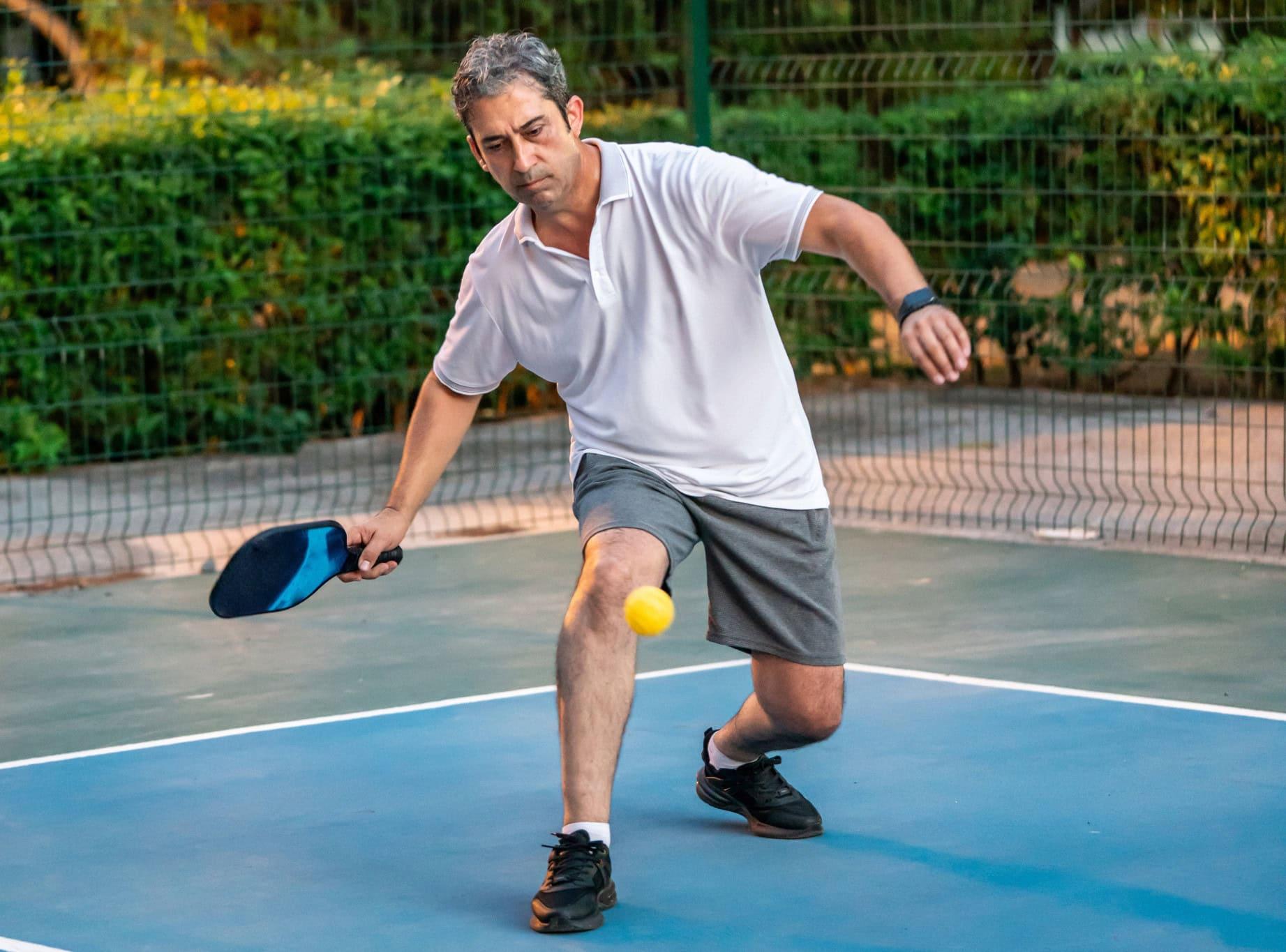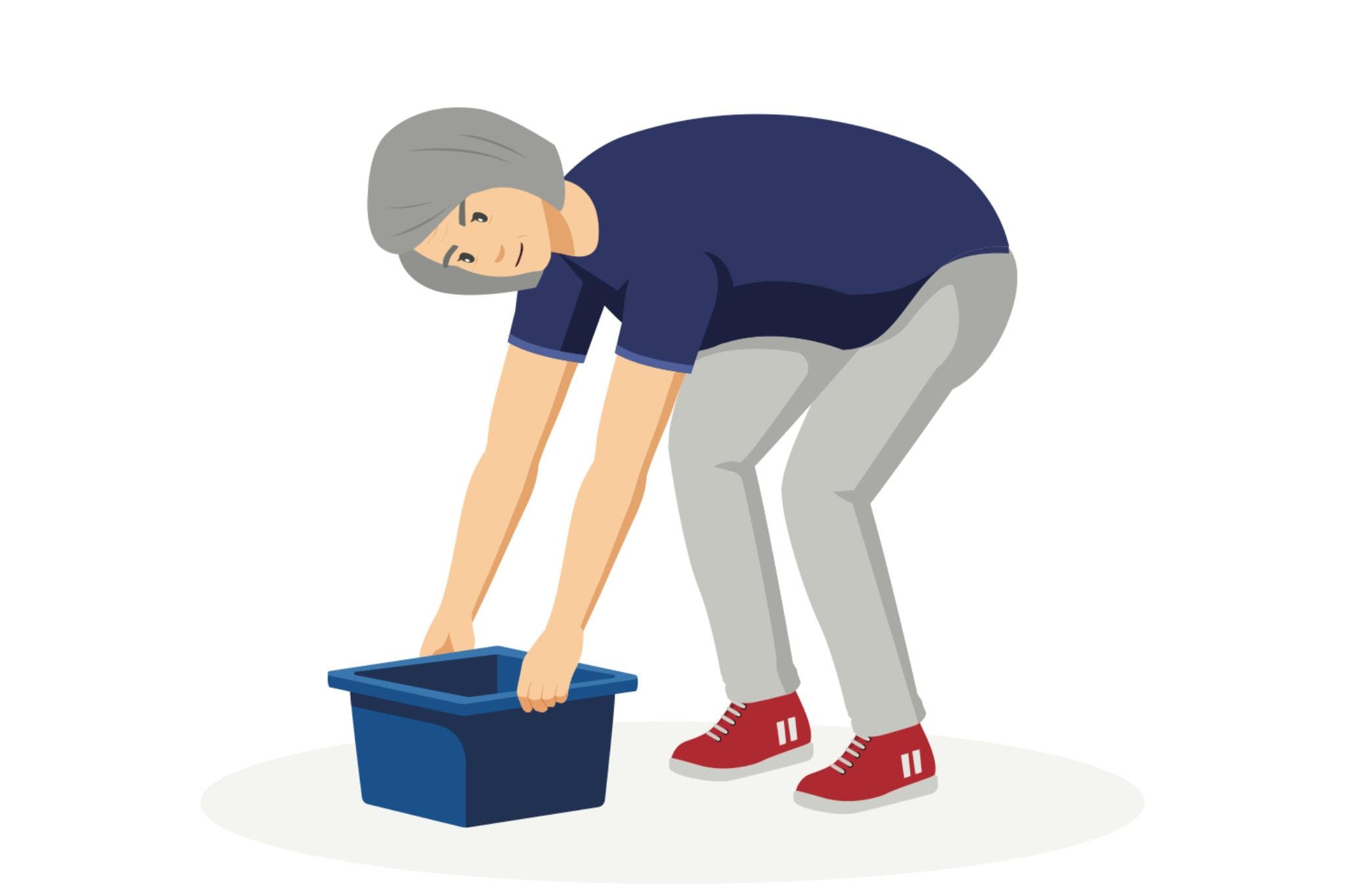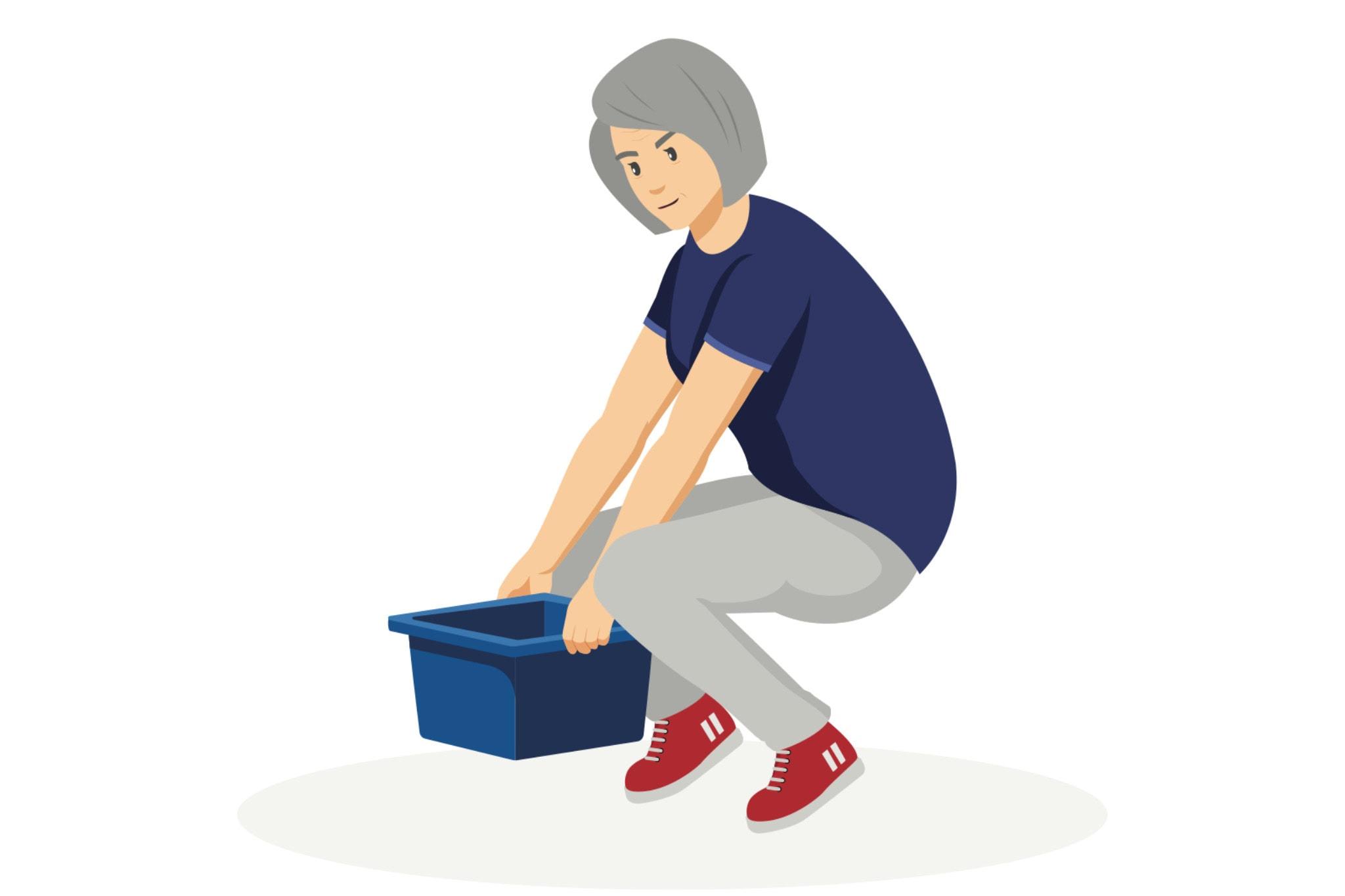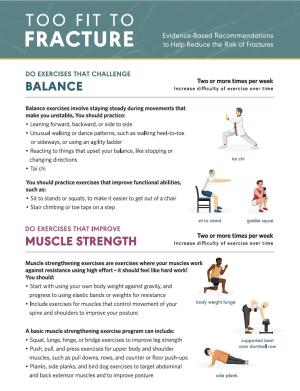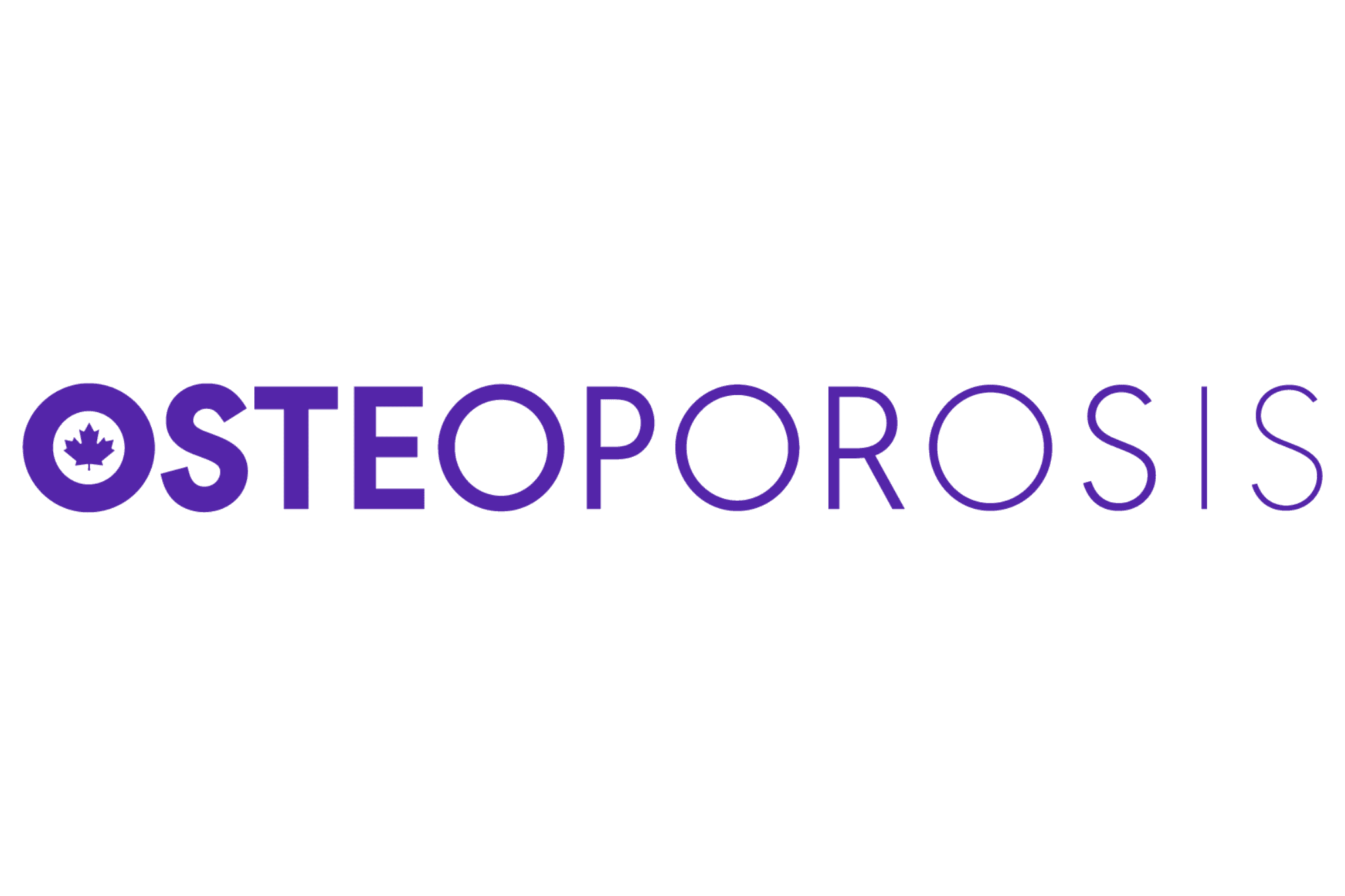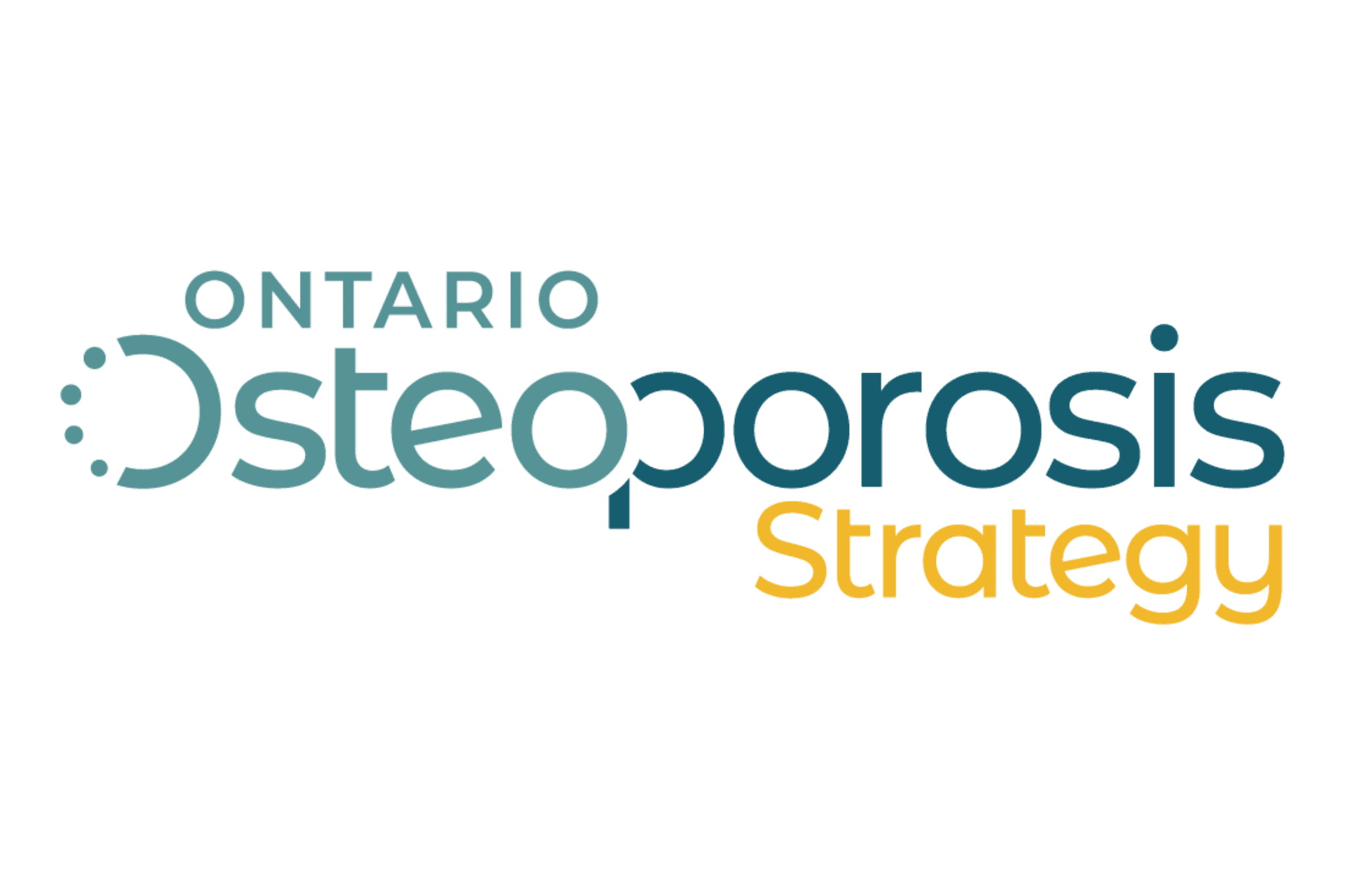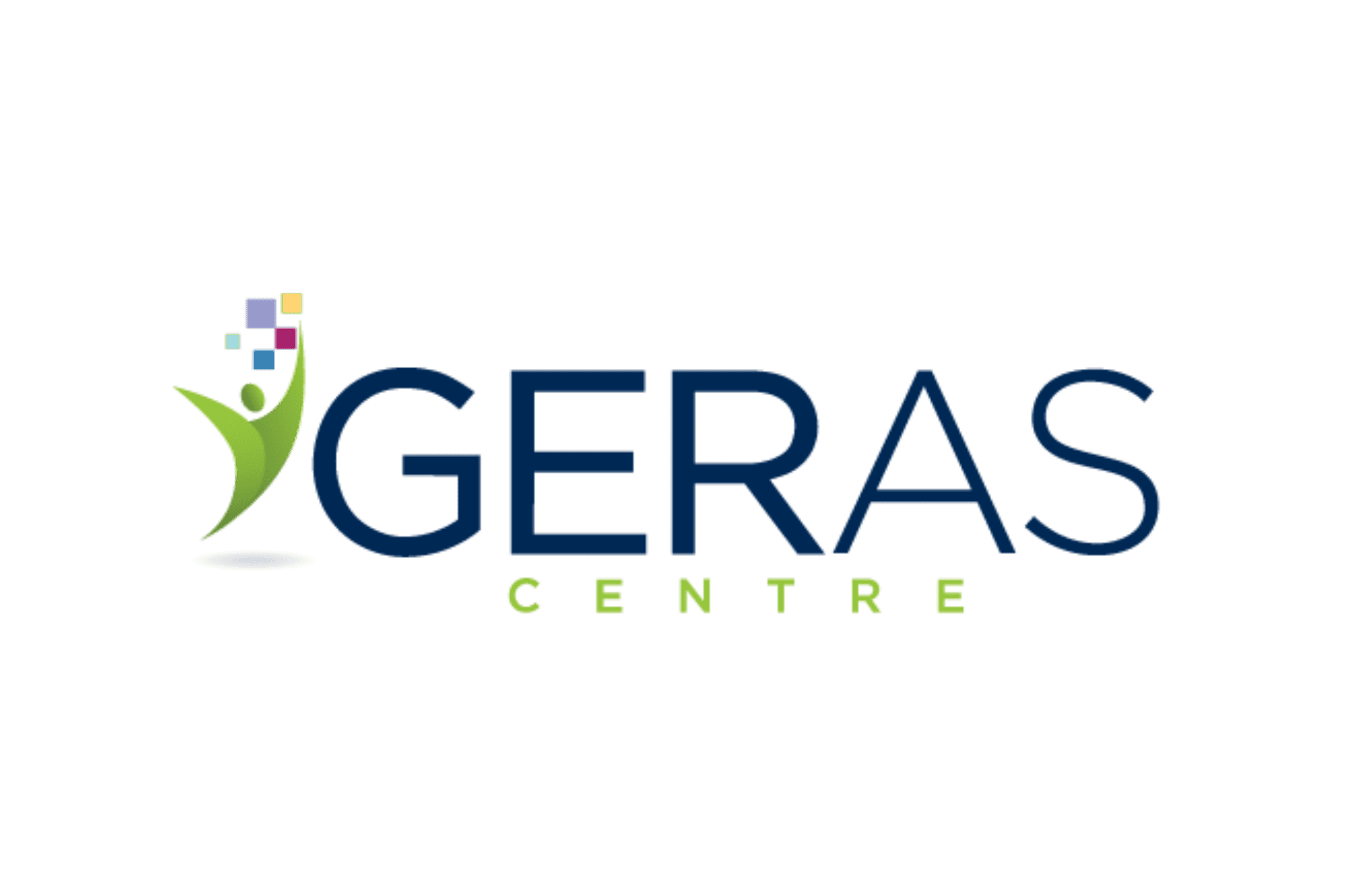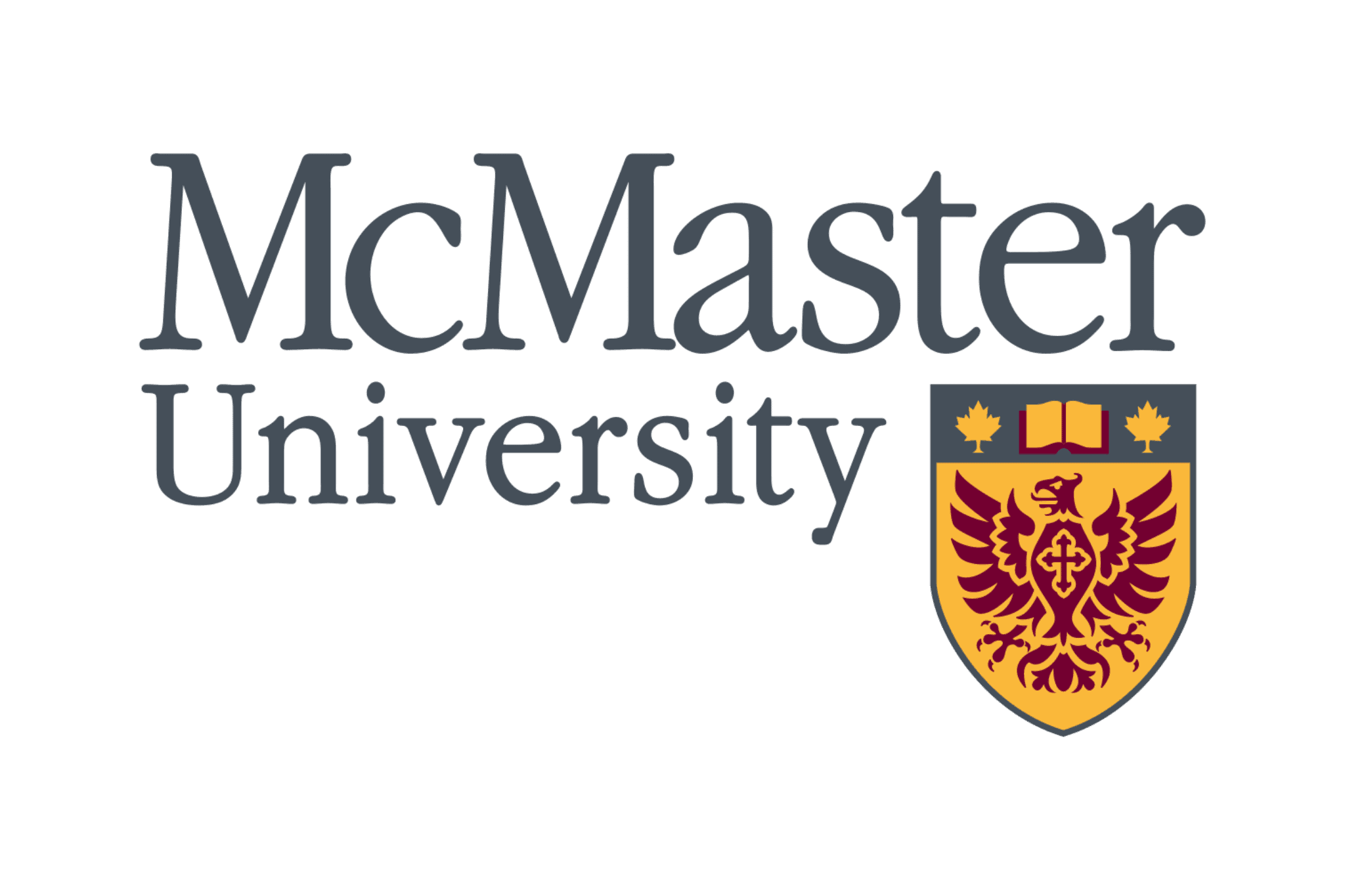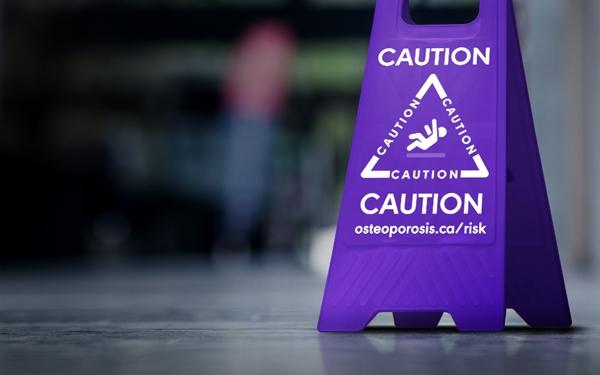The information contained on this guide is not intended to replace health professional advice. Consult your healthcare provider or a physical therapist about what exercises are right for you.
Seek advice from a physical therapist, kinesiologist, or exercise physiologist on exercise selection, intensity, and progression, or about safety of other physical activities, especially if you have had a recent fracture or if you are at a high risk of fracture. Bone Fit™ trained professionals are able to deliver safe and effective exercises for those with osteoporosis or related fractures. Locate a professional near you at: Bonefit.ca
